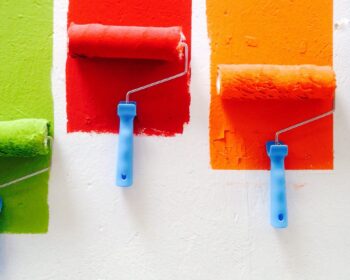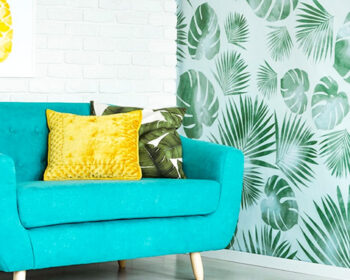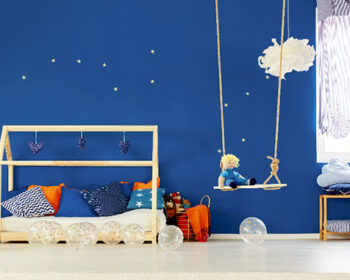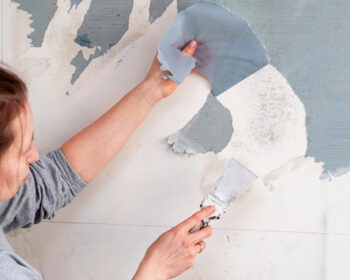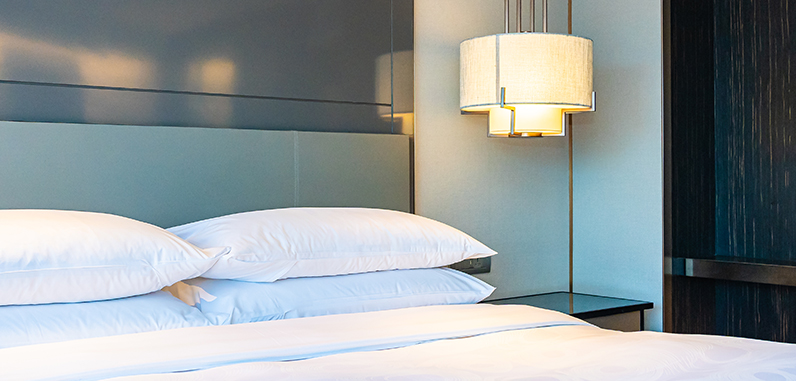
Secrets of Striking Accent Walls
Work as interior and exterior house painters for years, we have dozens of painting accent walls projects. Most of the time clients with “Builder white” walls call us and consult on how to make their home “pop” and more interesting. Almost all of them ask us to “just paint few walls with distinct color”. When this happened, we will tell them that adding few pops of color will not achieve the look they envision. There are several things to take into consideration before painting accent walls. When simply choosing to paint a few accent walls, you are ignoring the other walls that most likely need attention. And all the homes we have visited have and tear, unless it is a brand new one.
Another topic we often get asked from client is how to select the right wall as an accent wall. For this issue, we have a few rules of thumb. Most accent walls should only be done for two specific reasons:
The wall is symmetrical.
The main purpose of having one or several accent walls is to grab attention. So, choose walls that have interesting architectural detail such as, like an art niche, a fireplace detail, or special moldings. You don’t want to accent walls that is odd shaped or just ordinary.
Picking the right color for an accent wall.
Customers always want which color is the perfect for accent wall. We are no color expert, but we have selected thousands of colors for customers over the years. And trick when come to accent color is to look for colors that are already present in the space. For inspiration, I will usually look at pillows, pictures, rugs, drapes, or bedding. Often times, I would recommend a color that we would use in another part of the home for an accent color. For example, the living room and dining room might be one color while the main space or family room is another. I would use the living room/dining room color as an accent in the family room, which works well to bring unity and cohesion in the space, without letting it get too busy.
We’ve realized one big mistake that clients or sometime other “color designers” do is using colors that two or three shades off the main color as accent color. This is not a great idea because the difference is not visible due to shadows and different light directions. When you’re creating an accent wall, you want to go bolder.
Accent walls can be tricky to select, but if done right, they can add interest and excitement to a space with minimal expense. We would suggest not to over think it and not to force it.

